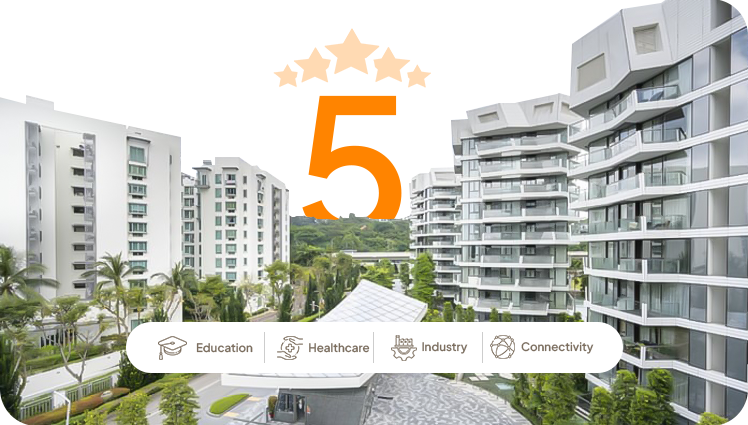Mortgage advice and pre-approval tips

Mortgage Advice Basics
1. Know Your Budget
Use the 28/36 rule: Spend no more than 28% of your gross monthly income on housing, and 36% on total debt (housing + credit cards + other loans).
Factor in property taxes, homeowners insurance, HOA fees, and maintenance.
2. Check and Improve Your Credit
A higher credit score = better interest rates.
Pay down debts, don’t open new credit lines before applying, and fix any errors on your credit report.
3. Understand the Types of Mortgages
Fixed-Rate: Stable payments, great if you plan to stay long-term.
Adjustable-Rate (ARM): Lower initial rate, but can increase later—good for short-term stays.
FHA/VA/USDA Loans: Government-backed loans with lower down payments, depending on eligibility.
4. Compare Lenders
Get quotes from 3–5 lenders.
Look beyond the interest rate: compare APR, closing costs, fees, and terms.
Pre-Approval Tips
1. Get Your Documents Ready
You'll typically need:
Proof of income (W-2s, pay stubs, tax returns)
Proof of assets (bank statements, retirement/investment accounts)
Employment verification
ID and Social Security number
Debt info (car loans, student loans, credit cards)
2. Avoid Big Financial Changes
Don’t switch jobs, open new credit cards, or make large purchases (like a car) during this process. Lenders recheck finances before final approval.
3. Understand Pre-Approval vs. Pre-Qualification
Pre-Qualification: Estimate based on self-reported info.
Pre-Approval: A more in-depth review of your finances by a lender, making your offer stronger.
4. Lock Your Rate (Strategically)
Once pre-approved, you can often lock in a rate to avoid market increases.
Some lenders offer a “float down” option if rates drop.


